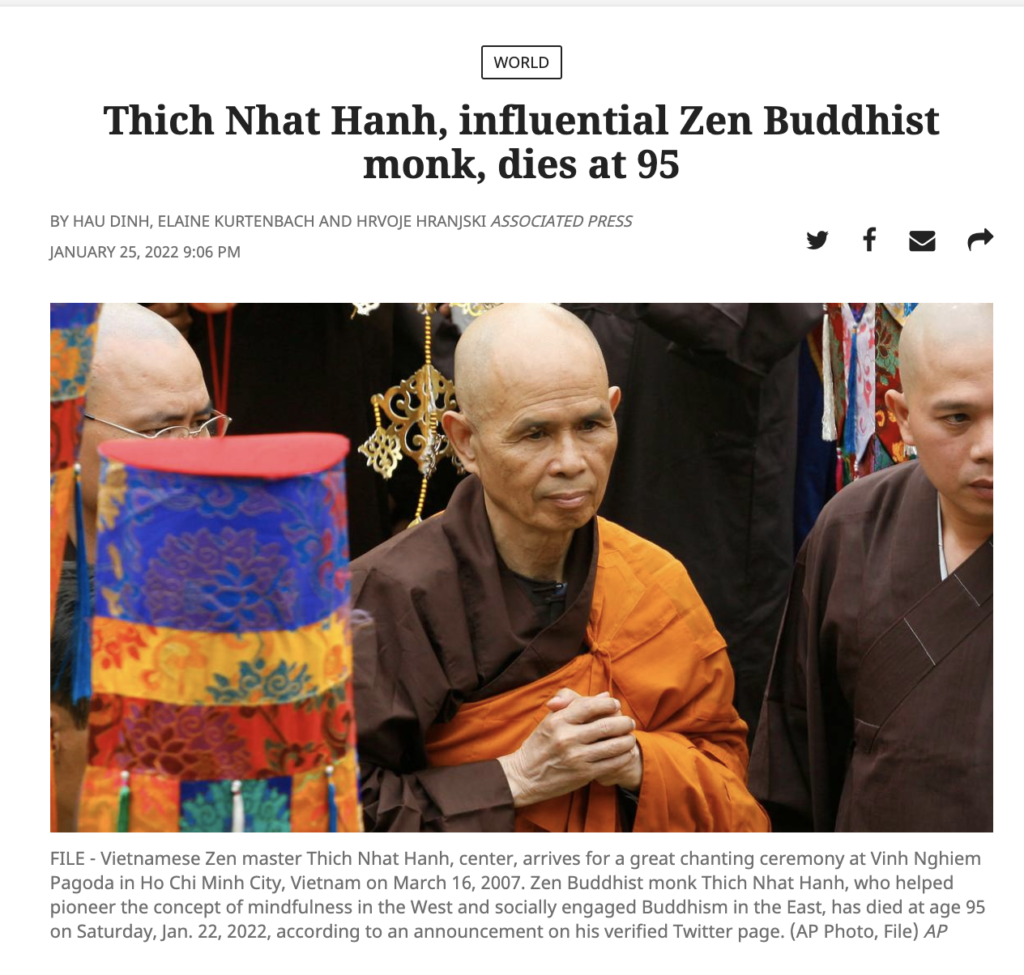The Buddha’s Mnemonic Device
Associate Editor Mihiri Tillakaratne introduces the May 2023 Issue of Lion's Roar. The post The Buddha’s Mnemonic Device appeared first on Lions Roar.

Associate Editor Mihiri Tillakaratne introduces the May 2023 issue of Lion’s Roar.

The eight-spoke dharma wheel symbolizes the eightfold path. Photo © sanderstock / stock.adobe.com
Over twenty years ago, I took an Abhidhamma course at my Sri Lankan temple in Los Angeles. After the first class, I thought, “Man, Buddhists really love lists!”
As the weeks went by, my teenage mind was inundated by the five khandhas (aggregates), the four types of citta (consciousness), the different cetasikas (mental factors ranging from forty-two to fifty-two depending on tradition), the twelve nidanas (causes) of dependent origination, and more, including subdivisions involving even more lists.
At thirteen, I was intimidated by the scope of Buddhist thought contained in these lists. But, as an adult, I realize that an oral tradition requires such organizational methods for effective memorization. And effective they are! The Pali lists still pop into my head regularly, informing the way I see the world and act in it.
This issue of Lion’s Roar explores one of Buddhism’s most essential lists, that of the eightfold path: right view, thought, speech, action, livelihood, effort, mindfulness, and concentration. As Sister True Dedication explains, the great thing about the eightfold path is that “each element of the path contains the other seven within it, and they work together to create a complete path to liberation.”
Throughout this issue, our authors reveal the intertwined nature of different elements of the path. Rev. Marvin Harada, for example, connects right thought to right speech and action, explaining how examining the flow of our thoughts allows us to speak and act with compassion. Similarly, through connecting right action to right view, mindfulness, and concentration, Rebecca Li explores cultivating awareness about how our actions affect others.
Our authors stress the importance of the eightfold path in our lives off the cushion, through compassionate interaction with our world. Nikki Mirghafori offers questions to guide us through right speech, namely, “Does my speech reflect the person I think I am, or aspire to be, for the sake of myself, others, and the world?” Then, in examining right mindfulness, Norman Fischer encourages us to go beyond our everyday mindfulness practices to recognize mindfulness’ ultimate purpose to alleviate suffering.
Koun Franz examines how right view is rooted in a realization of suffering, impermanence, and nonself outside of intellectual or philosophical understandings. We don’t need Buddhism to explain these concepts, Franz argues. “What Buddhism does is to say, these things matter.”
These days, when I teach the eightfold path to the tweens and teens at my temple’s Sunday school, I emphasize its nonlinear and circular nature. I tell them, “If you’re doing one, you’re doing them all.” I tell them, “Try to embody just one element of the eightfold path every day. The rest will fall into place.”

 JimMin
JimMin 































